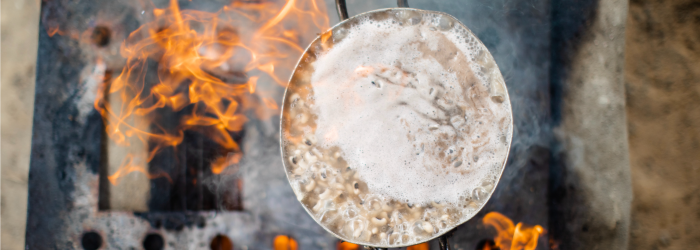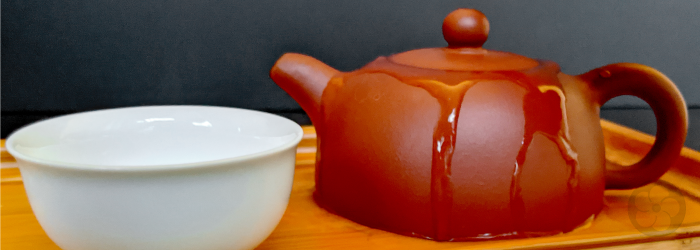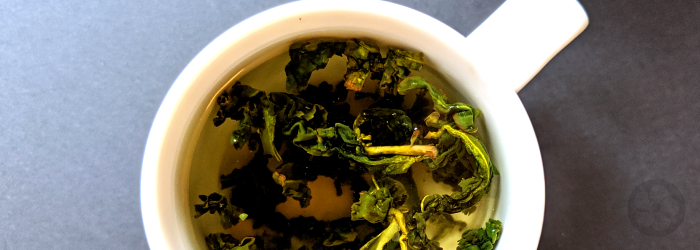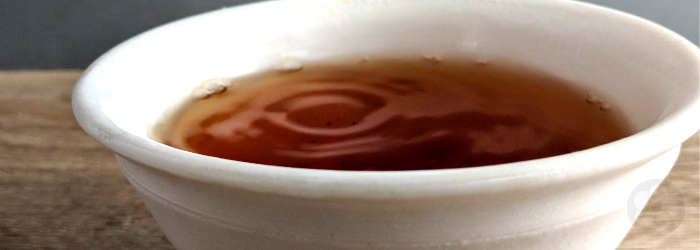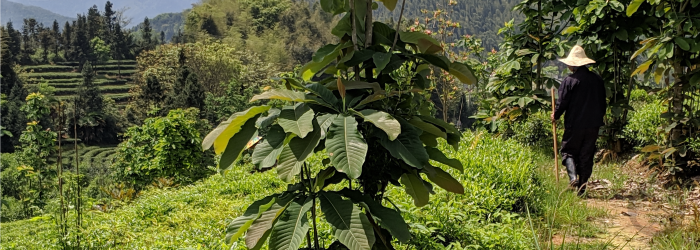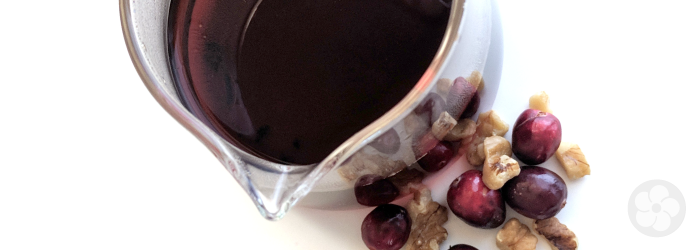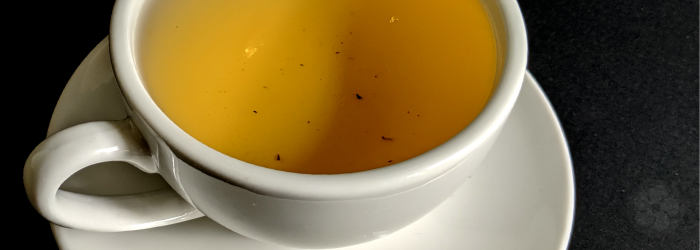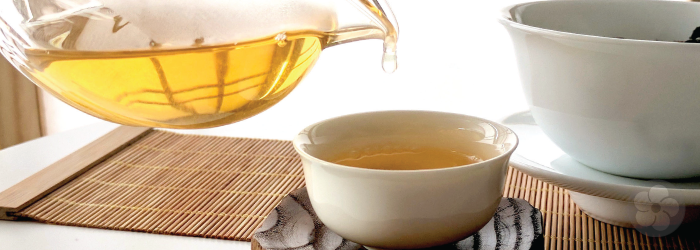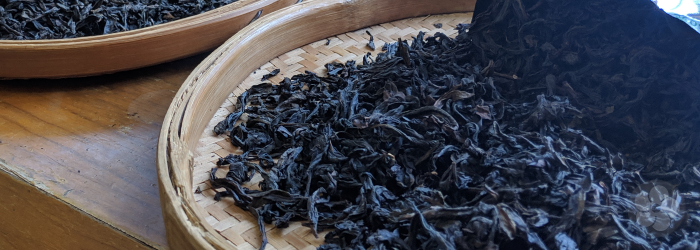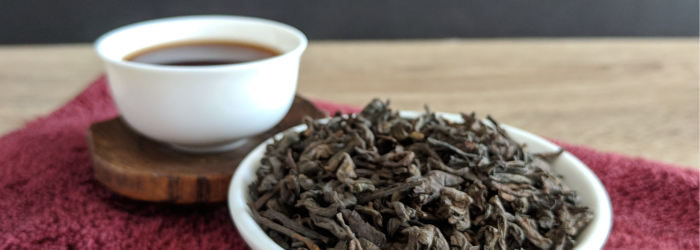What is the Best Way to Boil Water for Tea?
Released to public domain by Matthew McBrayer via Unsplash.
If high quality tea leaves are the star of a show in a good cup of tea, then the right water is the entire supporting cast. We’ve written before about the importance of water quality, but the flavor of this all-important ingredient can also be influenced by the method and vessel used to heat it. Today we’ll break down all the different ways to boil water, and how each one can affect your cup of tea.
Continue reading

